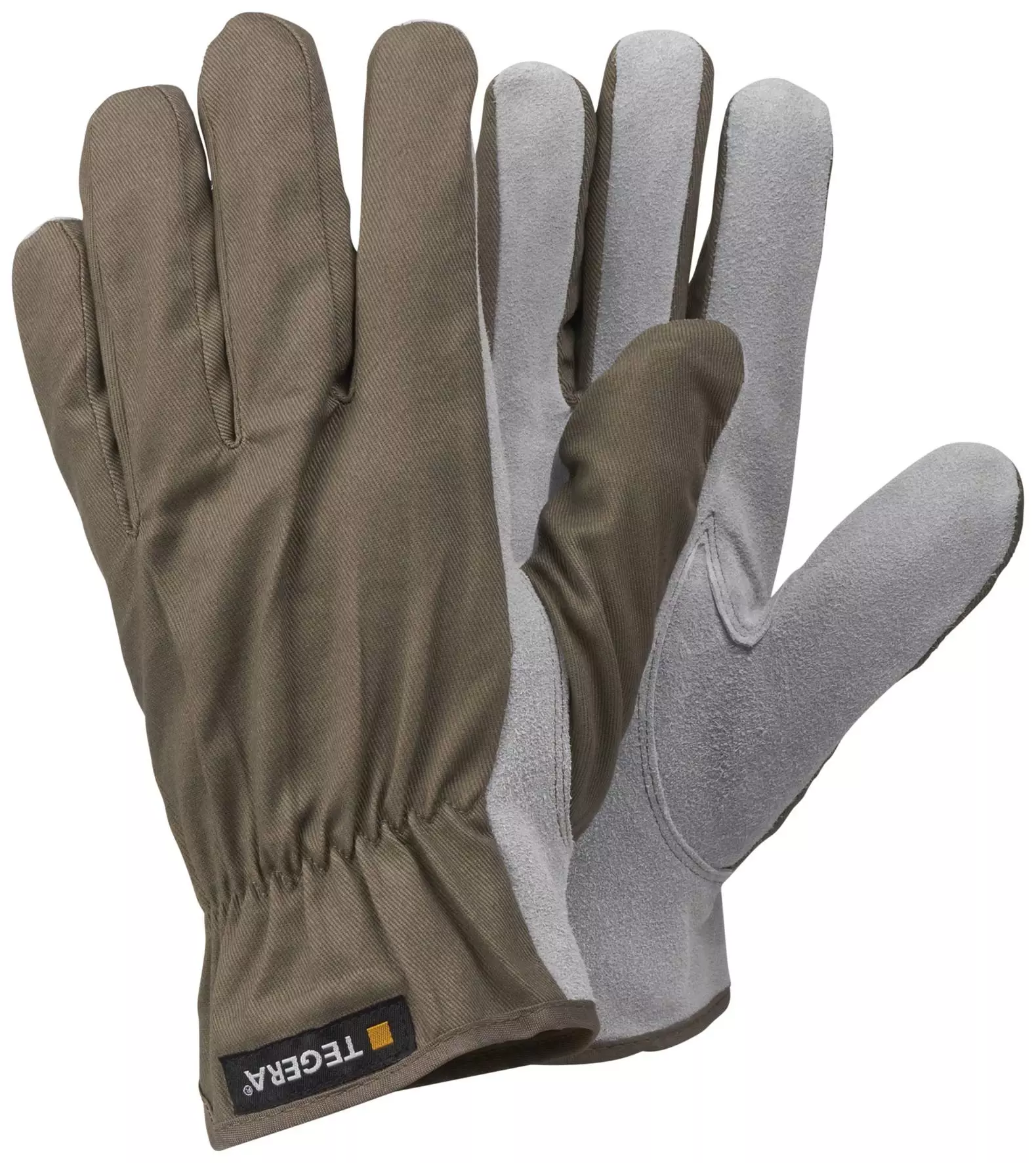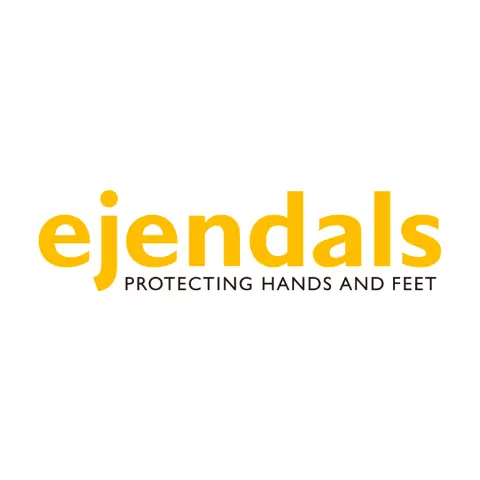TEGERA Leather Glove 52
4.9 / 5
Product description
TEGERA® 52, Leather glove, unlined, 0,7-0,8 mm cowhide, cotton, Cat. II, installation work
About Leather Glove
Leather Glove provides durable hand protection with natural flexibility and grip for demanding work environments. Crafted from quality leather, these gloves offer excellent abrasion resistance while conforming to your hand shape over time. Ideal for construction, manufacturing, and handling rough materials.
- Cut Resistant
- Hand Protection
Standards and labels
Ejendals delivery terms
Free delivery when you order more than 150,00 € from Ejendals
Supplier shipping fee 4,74 €
Brand minimum 0,00 €
Price available on request
Estimated delivery: Tue Sep 16
Minimum: 1 packageChoose quantity
7
8
9
10
11
Add 1 to reach minimum
Shipping fee is 4,74 € for orders under 150,00 €
A package contains 12 pairs
View packaging details



